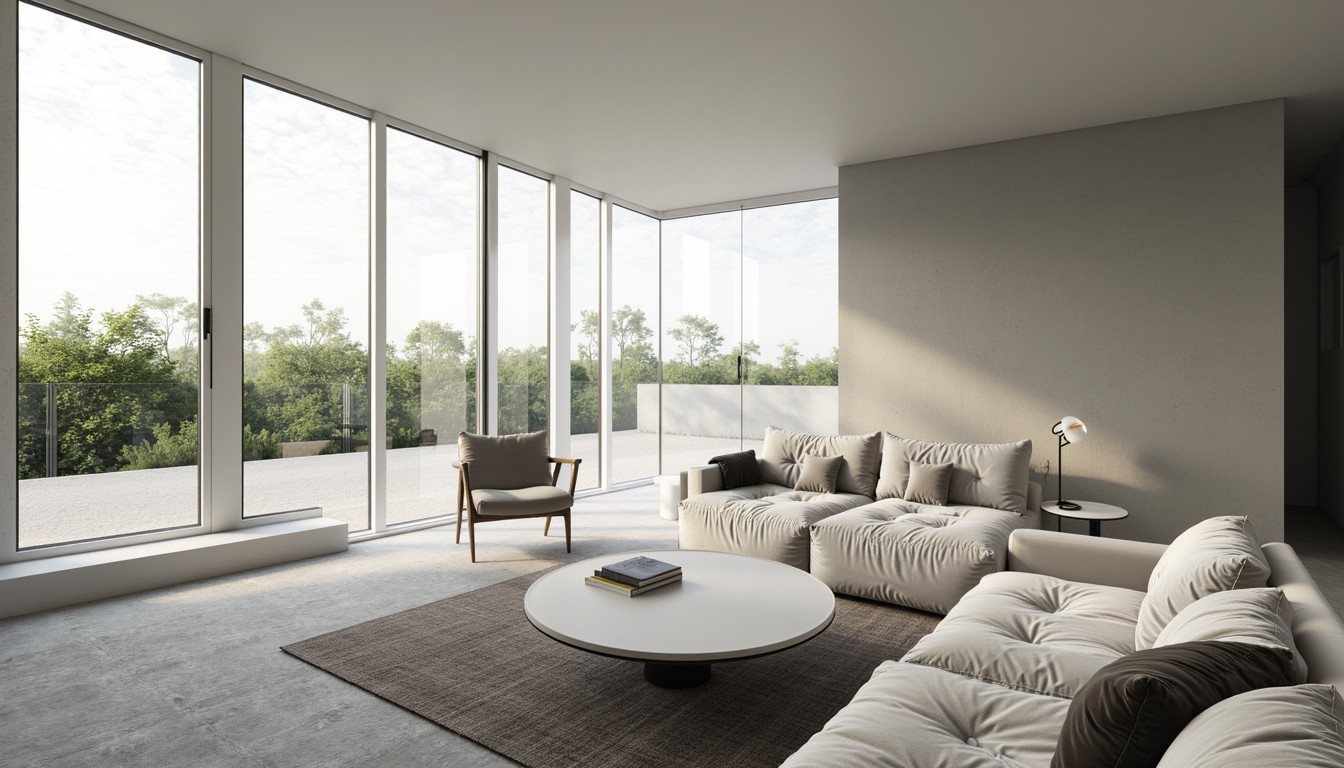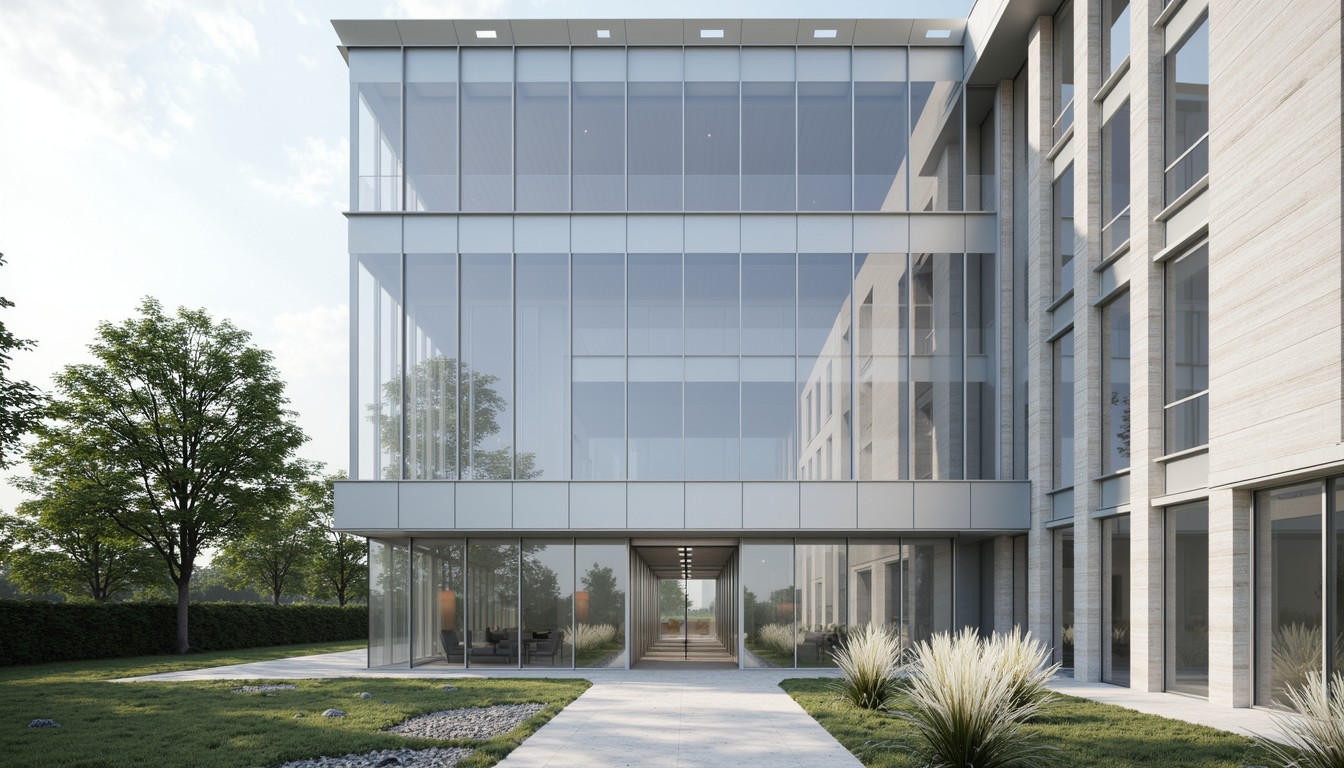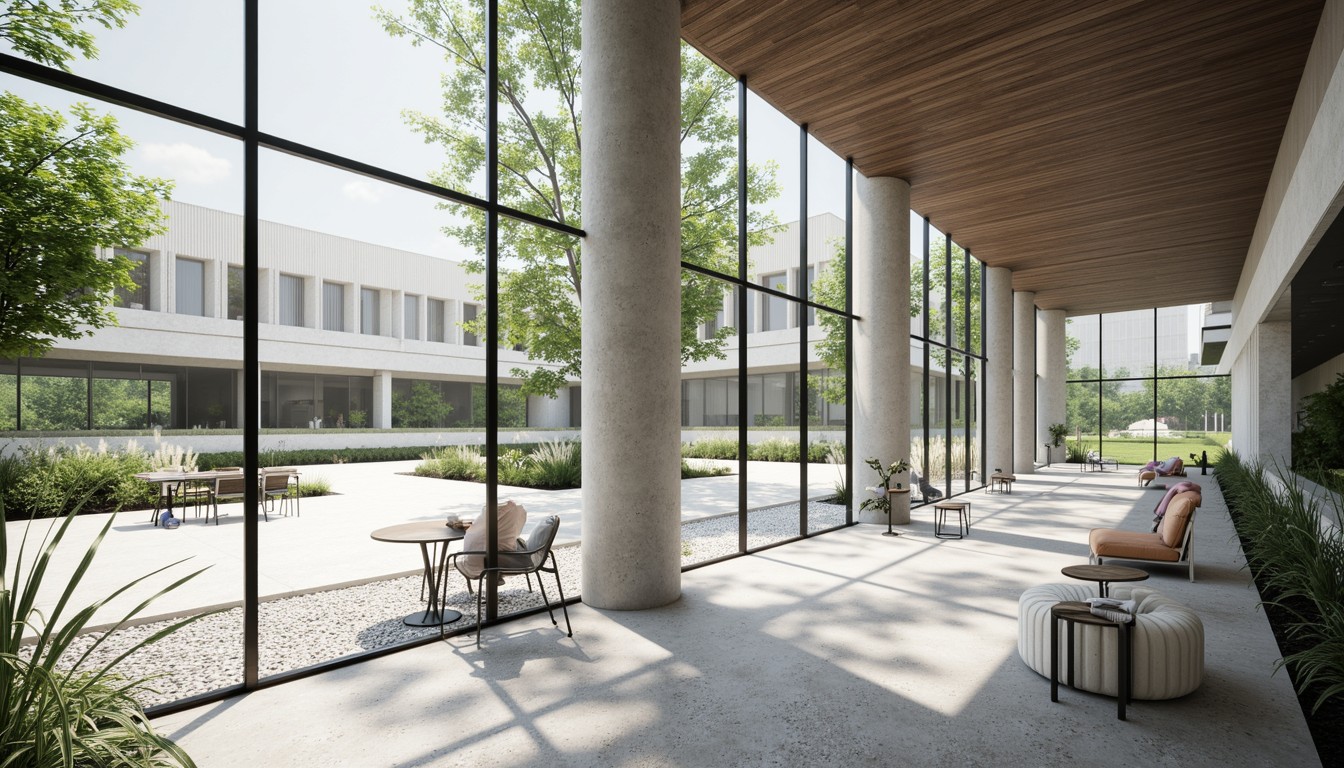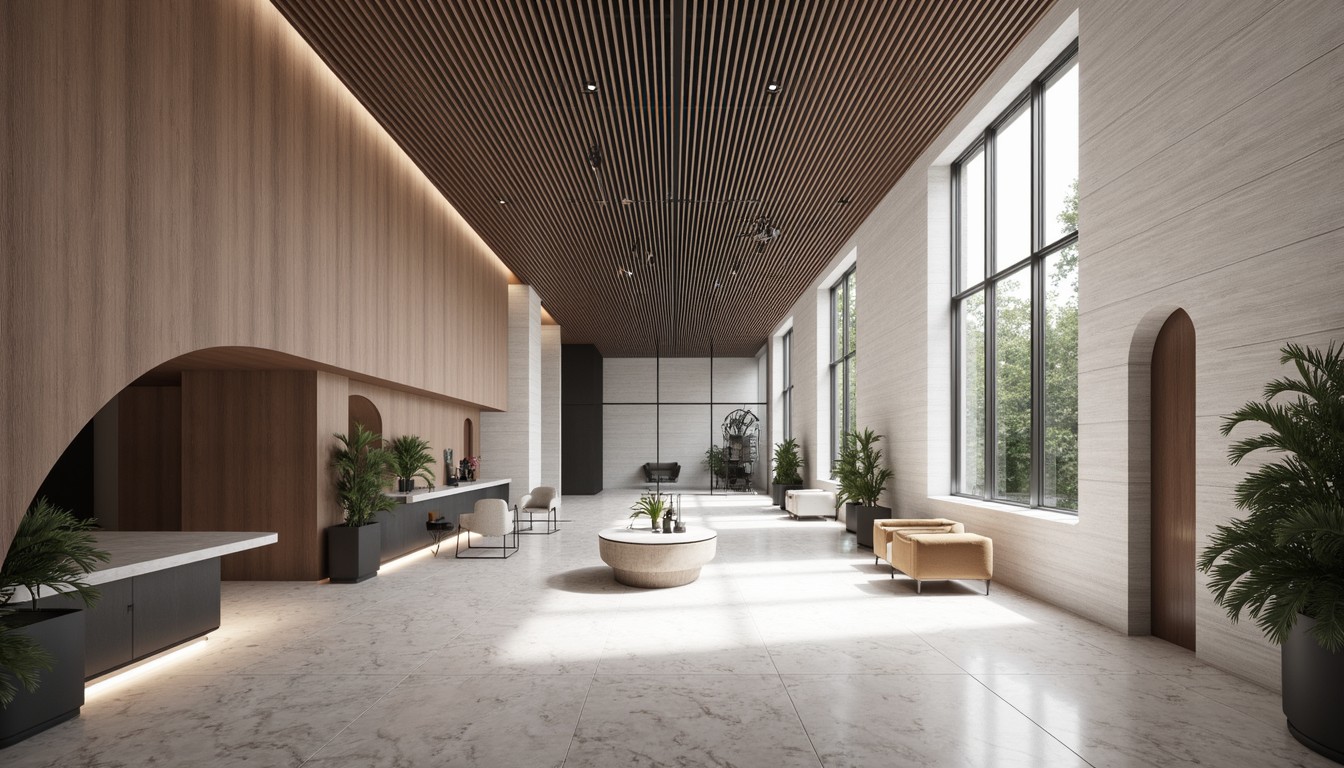Smart Building Technology: Revolutionizing Architecture
The architectural landscape is undergoing a dramatic transformation, driven by the rapid advancement of smart building technology. No longer are buildings simply static structures; they are evolving into dynamic, interconnected ecosystems that respond to and anticipate the needs of their occupants and the environment. This integration of technology is not merely a trend; it's a fundamental shift in how we design, construct, and experience buildings, significantly impacting sustainability, efficiency, and overall user experience.
Defining Smart Building Technology

Smart building technology encompasses a wide range of integrated systems designed to optimize building performance and enhance occupant comfort. This includes, but is not limited to, building automation systems (BAS), Internet of Things (IoT) devices, energy management systems, security systems, and data analytics platforms. These technologies work in concert to monitor, control, and optimize various aspects of the building's operation, creating a seamless and efficient environment.
Key Components of a Smart Building
- Building Automation Systems (BAS): The central nervous system of a smart building, BAS integrates and controls various building systems such as HVAC, lighting, security, and fire protection.
- Internet of Things (IoT) Devices: Sensors, actuators, and other connected devices collect and transmit data, providing real-time insights into building performance and occupant behavior.
- Energy Management Systems (EMS): These systems monitor energy consumption, identify inefficiencies, and optimize energy usage through automated controls and data analysis.
- Smart Lighting Systems: Adaptive lighting systems adjust brightness and color temperature based on occupancy, daylight availability, and time of day, resulting in energy savings and improved visual comfort.
- Security Systems: Integrated security systems leverage surveillance cameras, access control systems, and intrusion detection to enhance building security.
- Data Analytics Platforms: These platforms collect and analyze data from various sources to provide insights into building performance, occupant behavior, and operational efficiency.
Real-World Applications and Benefits

The impact of smart building technology extends far beyond mere technological advancement. It offers tangible benefits across various aspects of building design and operation:
Enhanced Energy Efficiency and Sustainability:
Smart buildings significantly reduce energy consumption through optimized HVAC control, intelligent lighting, and real-time energy monitoring. This contributes to lower operating costs and a reduced carbon footprint, aligning with global sustainability goals.
Improved Occupant Comfort and Productivity:
Smart building technologies create personalized environments that adapt to individual preferences. This includes temperature control, lighting adjustments, and air quality management, leading to increased occupant comfort and productivity.
Enhanced Security and Safety:
Integrated security systems provide real-time monitoring and alerts, improving security and ensuring a safer environment for occupants. Smart building technologies can also facilitate faster emergency response.
Increased Operational Efficiency:
Smart building systems automate various tasks, reducing manual intervention and optimizing building operations. This leads to improved efficiency, reduced maintenance costs, and streamlined workflows.
Data-Driven Decision Making:
The data collected by smart building technologies provides valuable insights into building performance, enabling data-driven decision-making for facility management and future design improvements.
The Role of Architectural Visualization
Architectural visualization plays a crucial role in showcasing the potential of smart building technologies. ArchNav uses cutting-edge rendering techniques to create immersive experiences that allow clients to visualize the integration of smart systems within their building designs. We can demonstrate how different technologies interact, highlighting the benefits and showcasing the future of their building in a tangible and compelling way.
The Future of Smart Buildings

The future of smart buildings is likely to be characterized by even greater levels of integration, automation, and intelligence. We can expect to see advancements in areas such as artificial intelligence (AI), machine learning (ML), and predictive analytics, leading to more responsive, efficient, and sustainable buildings. The integration of renewable energy sources and advanced materials will further enhance the environmental performance of smart buildings.
Conclusion
Smart building technology is reshaping the architectural landscape, offering unparalleled opportunities to create more efficient, sustainable, and user-friendly buildings. ArchNav is at the forefront of this revolution, leveraging our expertise in architectural visualization to help clients understand and realize the potential of smart buildings. We use cutting-edge technology to create compelling visuals that bring the future of architecture to life, allowing our clients to make informed decisions and build a better future.
